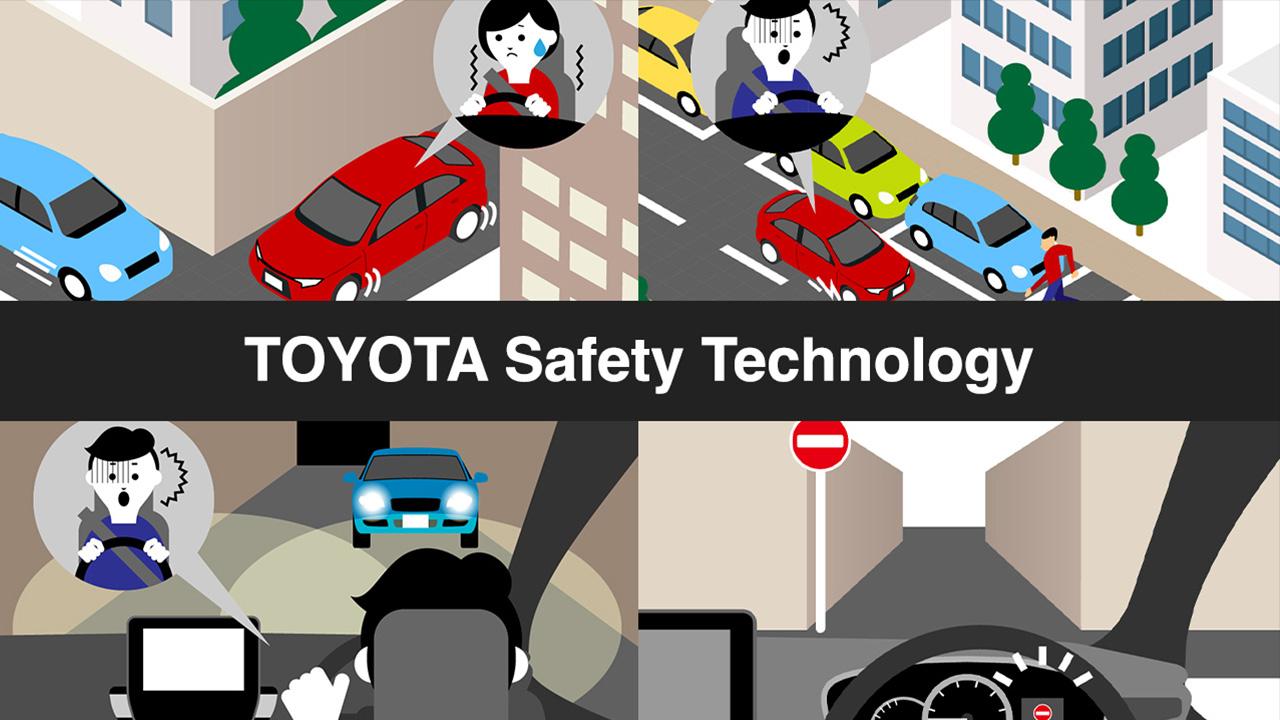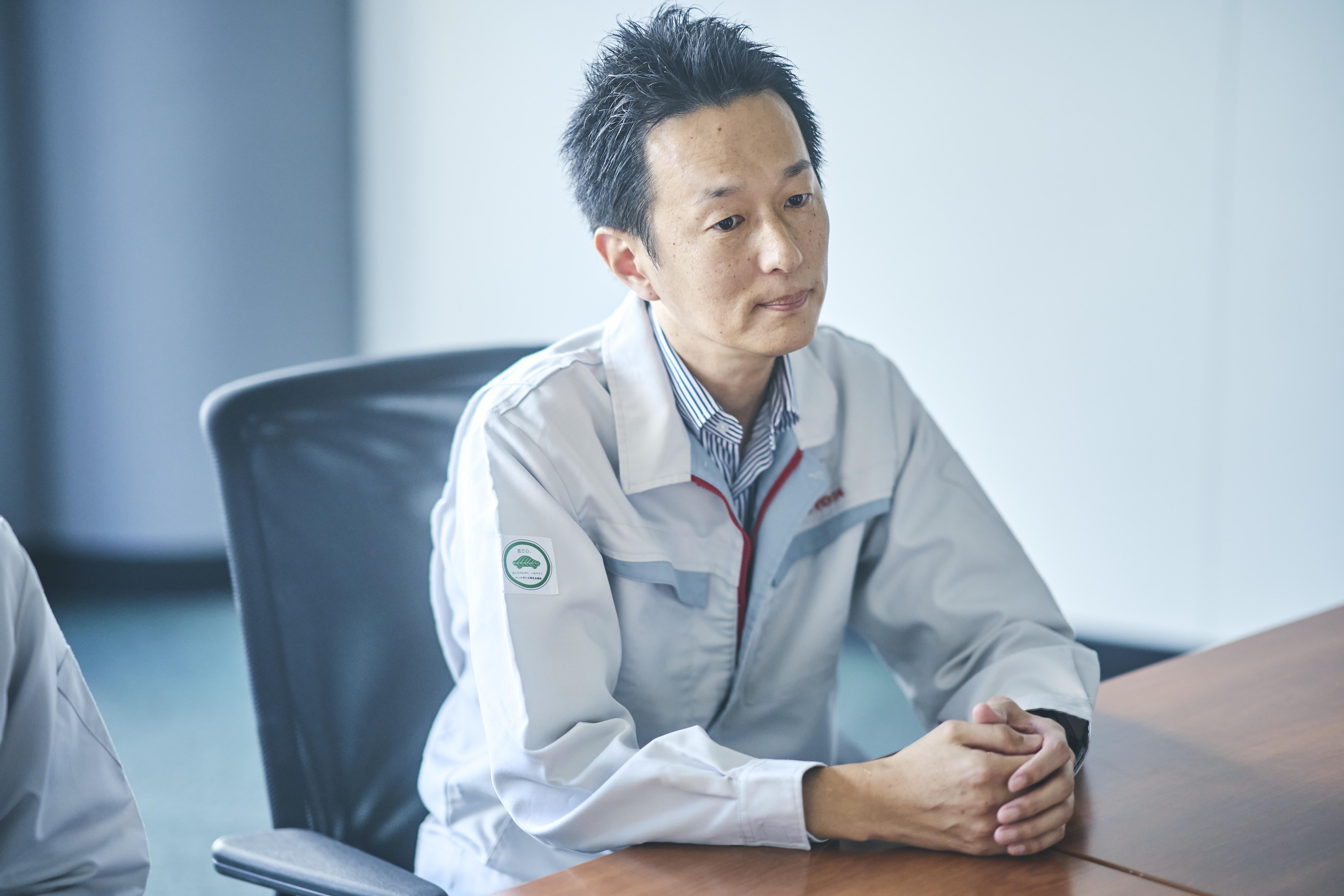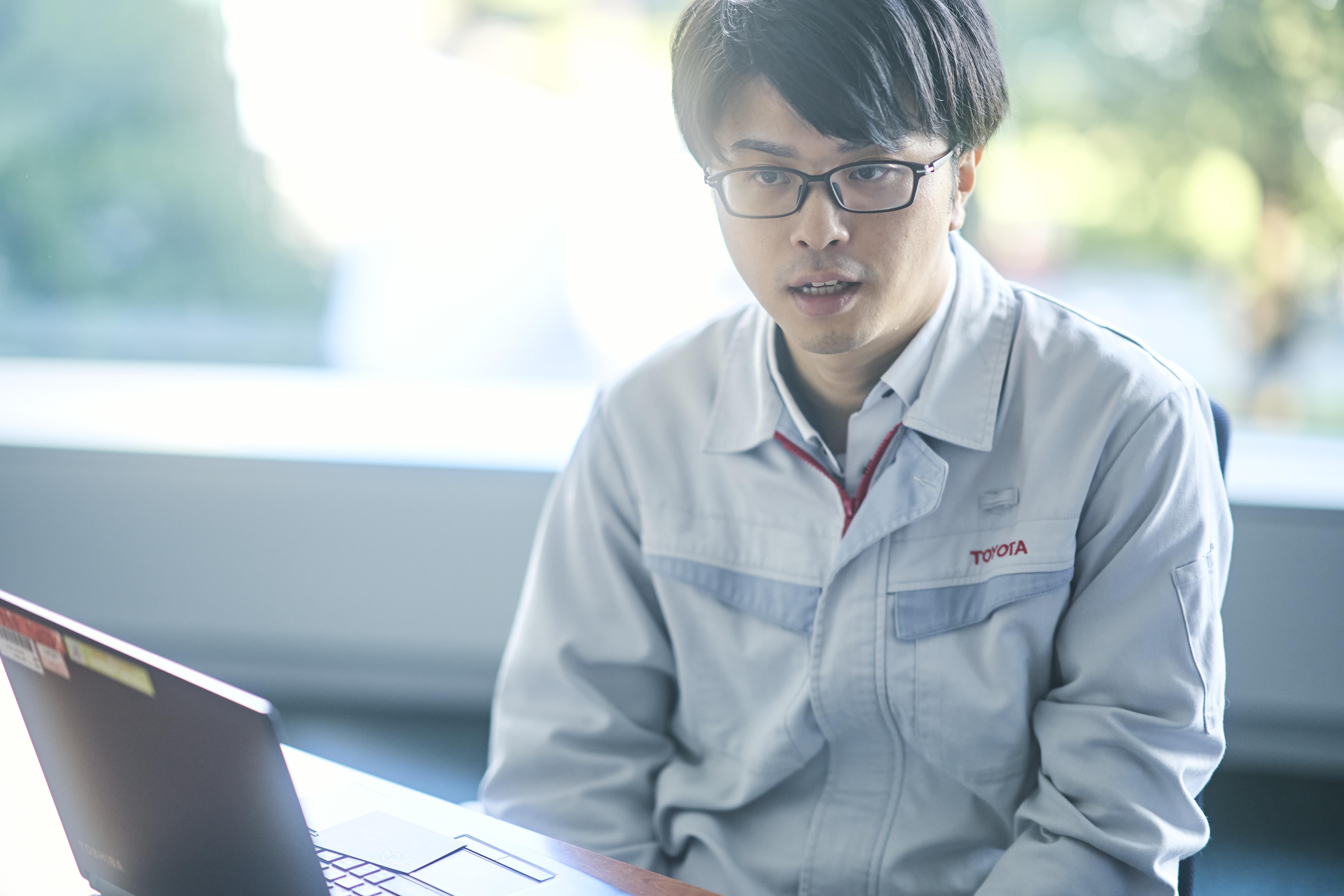
Toyota Safety Sense is the company's cutting-edge package of active safety technologies. A close look at the engineering efforts and vision behind its birth and evolution.

Everyone would like to see zero traffic accident casualties. For its part, Toyota is constantly working toward this goal through vehicle development and safety education.
The Tateshina Meeting held in Chino City, Nagano, on July 18 discussed how to create a safe mobility society through a three-pronged approach, focusing on people, cars, and the traffic environment.
At Toyota, the three-pronged approach to traffic safety consists of developing safe vehicles, educating drivers and pedestrians, and improving traffic environments by, for example, installing traffic signals or maintaining roads.
At the Tateshina Meeting, which brought together the heads of automakers as well as suppliers and insurers, the discussion centered on car safety technologies and greater safety for pedestrians, particularly older adults.
Over two articles, Toyota Times will shine the spotlight on both topics: the safety technologies being equipped in new vehicles, and the activities raising awareness among drivers and pedestrians.
This article showcases a sense of Toyota’s commitment to safety.
The need for active safety technologies
Toyota's safety technologies include the Global Outstanding Assessment (GOA) for collision safety performance and the HELPNET® service, with dedicated operators who arrange emergency vehicles in the event of an accident or sudden illness.
The company has developed and combined these systems under its Integrated Safety Management Concept, announced in 2006.
In fiscal 2014, Japan’s Ministry of Land, Infrastructure, Transport and Tourism (MLIT) and the National Agency for Automotive Safety and Victims' Aid (NASVA) began assessing vehicles on active safety performance, helping such technologies to gain momentum nationwide.
Amid these efforts, in 2015, Toyota released Toyota Safety Sense (TSS), which packages multiple advanced safety technologies designed to help reduce fatal accidents.
Initially, there were two versions of TSS: Toyota Safety Sense C, mainly for compact cars, and Toyota Safety Sense P, for medium and high-end vehicles. Features included Pre-Crash Safety (PCS), which detects vehicles or pedestrians in front of the car and assists in avoiding collisions or slowing down to reduce damage; Lane Departure Alert (LDA), which gives audio and visual warnings when the vehicle strays from its lane; and Automatic High Beam (AHB), which switches automatically between low and high beam lights*.
*Alongside these three features, the PCS in Toyota Safety Sense P had an added pedestrian detection function. The second generation, released in 2018, combined the two versions into a single Toyota Safety Sense package, which is currently installed in 8.3 million Japanese cars and some 40 million vehicles globally (as of July 2023).
Although TSS was developed to promote the spread of active safety equipment, that journey proved far from smooth sailing.
[PCS] Haste obscures the user perspective
In June 2013, Toyota recalled PCS-equipped vehicles.
PCS has been included in all three TSS generations. However, two years before TSS’s creation, the feature sparked incidents in which sensor malfunctions caused vehicles to brake unnecessarily. In some cases, these glitches resulted in accidents, leading to a recall of around 20,000 Toyota and Lexus cars.
Wataru Ike, General Manager at the Advanced Safety Technology Development Division, has been involved in PCS development from the outset. He looked back on the process.
Ike

By 2013, we in the manufacturing genba had been working on (PCS development) for a long time, but felt we hadn’t promoted it successfully to the world. With other companies touting cars that didn’t crash, we were desperate to catch up, and to quickly deliver a better product for the customers who trusted in Toyota.
In leaping from a technology that merely reduces damage to one that prevents collisions, the technical hurdles ramped up several levels.
I think we were focused on trying to create something good from the manufacturer’s standpoint, and lacked the perspective of the customer’s safety and peace of mind. As a result, our testing was inadequate for certain very limited conditions, which ended up causing trouble for our customers.
In the rush to develop the technology, the user perspective went by the wayside.
“Customers use our products in ways far more varied than we think.” In line with the industry standard at the time, Toyota had racked up several hundred thousand kilometers in testing. According to Ike, that figure has since been “increased by an order of magnitude.”
At the time, Yukihiro Ikeda, Project General Manager at the Automated Driving & Advanced Safety System Development Div., Vehicle Development Center, was working with public relations to explain TSS to the media. Though the incident is one he “will never forget,” Ikeda also says the recall and vehicle assessments proved to be “a turning point in TSS development.”

“(The development team) burned with a sense of mission to create something great. They must have been exhausted, but I never saw anyone complain.”
[PCS] What mass data revealed
PCS was redesigned to align more closely with customer needs. Toyota drew on the Group’s global strengths to accumulate comprehensive driving data and accident statistics. Starting with the second-generation TSS, data was also collected from ordinary drivers, spurring further progress.
Today, Toyota expands its database with several thousand new PCS use situations every month, along with feedback received directly from customers. For instance, some drivers noted that, when PCS is activated in an emergency, they have no time to look down at the “brake” warning or other notifications displayed beside the speedometer.
How to provide alerts without forcing the driver to shift their gaze? Toyota’s engineers struck upon the idea of using a head-up display on the windshield.

“With constant advances in technology, we are continually improving how we convey the system’s operations to customers,” says Yuto Shimbo (Automated Driving & Advanced Safety Planning Div. Strategy Planning Dept.).
Eight years after the launch of the first-generation TSS, PCS now has more extensive recognition functionalities for each specific form of accident, from head-on intersection collisions to low-speed contact with a wall due to a misstep on the pedals.
Even so, when analyzing accidents among the driving data that arrives from around the country, “There is always a sense of frustration that we didn’t manage to prepare for it,” says Group Manager Toshiaki Ishikawa (Advanced Safety Technology Development Div., System Development Dept. No.4).

He emphasized the importance of ongoing improvement: “We want to cover a greater share of accidents by enabling (PCS) to deal with a wide range of driving scenarios that customers regularly encounter, such as shallow angle collisions and accidents on complex road layouts.”

